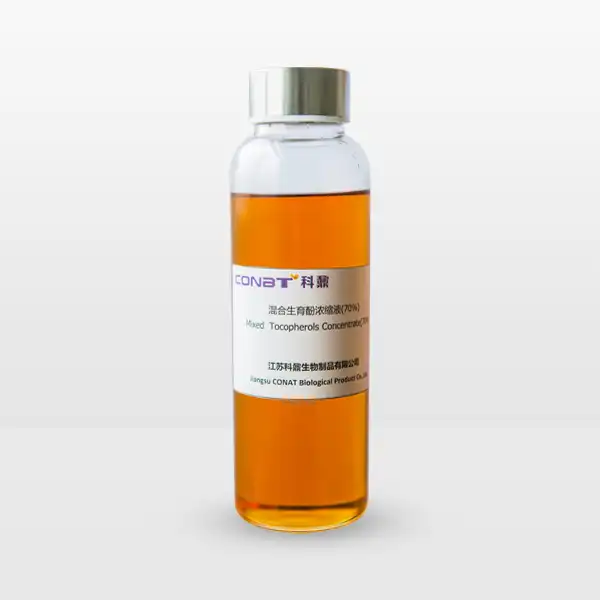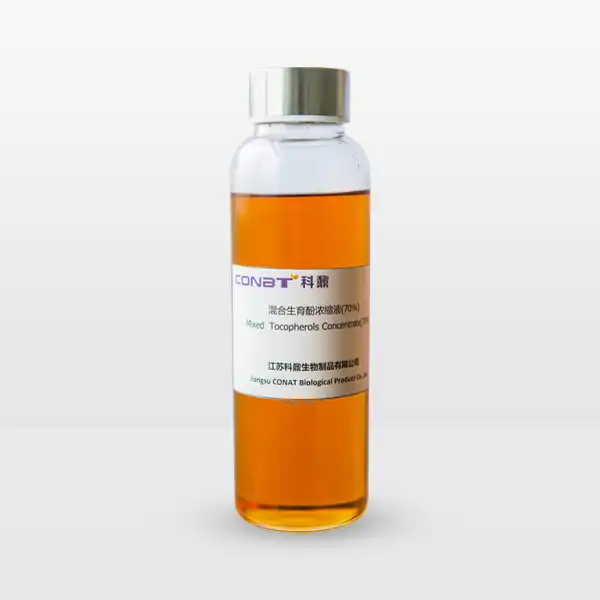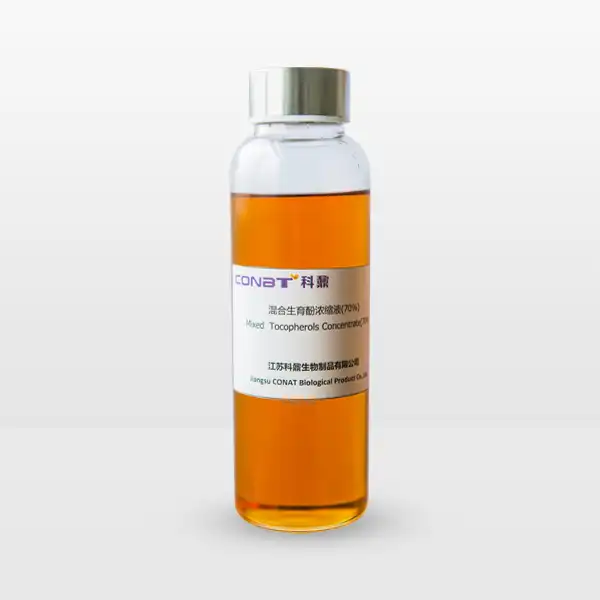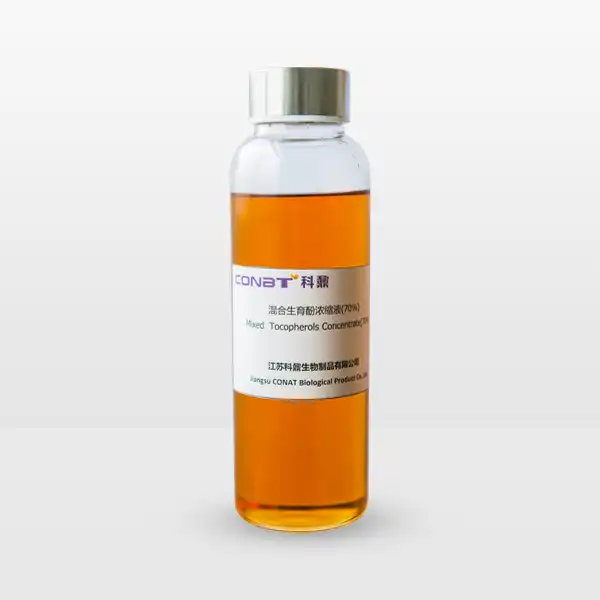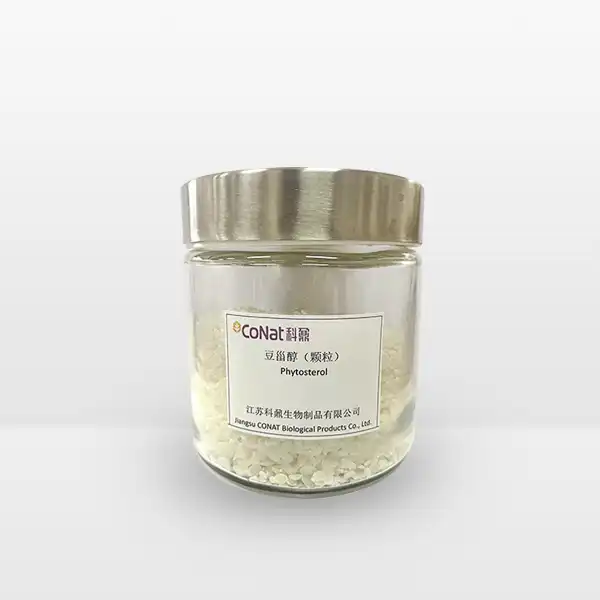- English
- French
- German
- Portuguese
- Spanish
- Russian
- Japanese
- Korean
- Arabic
- Greek
- German
- Turkish
- Italian
- Danish
- Romanian
- Indonesian
- Czech
- Afrikaans
- Swedish
- Polish
- Basque
- Catalan
- Esperanto
- Hindi
- Lao
- Albanian
- Amharic
- Armenian
- Azerbaijani
- Belarusian
- Bengali
- Bosnian
- Bulgarian
- Cebuano
- Chichewa
- Corsican
- Croatian
- Dutch
- Estonian
- Filipino
- Finnish
- Frisian
- Galician
- Georgian
- Gujarati
- Haitian
- Hausa
- Hawaiian
- Hebrew
- Hmong
- Hungarian
- Icelandic
- Igbo
- Javanese
- Kannada
- Kazakh
- Khmer
- Kurdish
- Kyrgyz
- Latin
- Latvian
- Lithuanian
- Luxembou..
- Macedonian
- Malagasy
- Malay
- Malayalam
- Maltese
- Maori
- Marathi
- Mongolian
- Burmese
- Nepali
- Norwegian
- Pashto
- Persian
- Punjabi
- Serbian
- Sesotho
- Sinhala
- Slovak
- Slovenian
- Somali
- Samoan
- Scots Gaelic
- Shona
- Sindhi
- Sundanese
- Swahili
- Tajik
- Tamil
- Telugu
- Thai
- Ukrainian
- Urdu
- Uzbek
- Vietnamese
- Welsh
- Xhosa
- Yiddish
- Yoruba
- Zulu
What are the Applications of Wood Sterol Ester in Food Products?
Wood sterol ester, also known as plant sterol ester, represents a groundbreaking innovation in functional food ingredients that has revolutionized the way we approach heart-healthy food products. These naturally occurring compounds, derived from plant sources, have gained significant attention in the food industry due to their remarkable ability to reduce cholesterol absorption in the human body. Food manufacturers worldwide have embraced wood sterol esters as a vital ingredient in developing functional foods that promote cardiovascular health while maintaining the sensory qualities that consumers expect from their favorite food products.
How Do Wood Sterol Esters Lower Cholesterol Levels in Functional Foods?
The cholesterol-lowering mechanism of wood sterol esters in functional foods is both fascinating and scientifically proven. These compounds work by competing with cholesterol for absorption in the digestive system, effectively reducing the amount of cholesterol that enters the bloodstream. When consumed as part of a balanced diet, wood sterol esters can block cholesterol absorption by up to 30-40%. This process occurs because wood sterol esters have a chemical structure similar to cholesterol, allowing them to occupy the same absorption sites in the intestinal wall.
Food manufacturers have successfully incorporated wood sterol esters into various product formulations without compromising taste or texture. The versatility of these compounds allows them to be added to foods with different fat contents, from low-fat dairy products to spreadable fats and oils. Clinical studies have demonstrated that consuming 1.5-3 grams of wood sterol esters daily can lead to a significant reduction in LDL cholesterol levels within just a few weeks of regular consumption. This has led to the development of numerous functional food products specifically designed to deliver optimal doses of wood sterol esters in convenient, everyday food formats.
The technological advancement in food processing has made it possible to maintain the stability and efficacy of wood sterol esters throughout the product's shelf life. Manufacturers employ various techniques, such as microencapsulation and specialized emulsion systems, to ensure that these beneficial compounds remain active and bioavailable when consumed. This technical expertise has expanded the range of food products that can effectively deliver wood sterol esters to consumers, making heart-healthy options more accessible to the general population.
What Types of Food Products Can Be Enriched with Wood Sterol Esters?
The versatility of wood sterol esters has opened up numerous possibilities for food product development across different categories. Margarine and spreads were among the first products to be enriched with wood sterol esters, and they continue to be popular vehicles for delivering these heart-healthy compounds. These products provide an ideal matrix for wood sterol esters due to their fat content, which helps with the compound's solubility and absorption.
Dairy products have emerged as another significant category for wood sterol ester enrichment. Low-fat milk, yogurt, and cheese products fortified with wood sterol esters have gained popularity among health-conscious consumers. The dairy matrix provides excellent stability for wood sterol esters while offering the additional benefits of calcium and protein. Manufacturers have developed specialized processing techniques to ensure proper dispersion and stability of wood sterol esters in dairy products, maintaining both functionality and sensory qualities.
Bakery products represent an innovative application area for wood sterol esters. Bread, muffins, and breakfast cereals enriched with these compounds provide convenient options for consumers to incorporate heart-healthy ingredients into their daily diet. The challenge of incorporating wood sterol esters into baked goods has been successfully addressed through advanced formulation techniques that protect the compounds during the baking process while ensuring even distribution throughout the product.
Beverage applications have also shown promising results, with manufacturers developing fruit juices, smoothies, and dairy-alternative drinks enriched with wood sterol esters. These products often utilize specialized emulsion systems to maintain the stability and bioavailability of the compounds in liquid formats. The development of clear beverages containing wood sterol esters has required innovative solutions to overcome solubility challenges while maintaining product appearance and taste.
What are the Regulatory Requirements for Adding Wood Sterol Esters to Food Products?
The regulatory landscape for wood sterol ester enrichment in food products varies across different regions but generally follows strict guidelines to ensure consumer safety and product efficacy. In the United States, the FDA has granted GRAS (Generally Recognized as Safe) status to wood sterol esters, allowing their use in a wide range of food products. However, manufacturers must adhere to specific labeling requirements that inform consumers about the presence of wood sterol esters and their potential health benefits.
European regulations have established detailed guidelines for the use of wood sterol esters in food products, including maximum incorporation levels and mandatory labeling requirements. These regulations ensure that consumers receive accurate information about the presence of wood sterol esters and appropriate dosage recommendations. Manufacturers must provide clear instructions regarding the recommended daily intake and potential interactions with medications.
The development of new food products containing wood sterol esters requires extensive documentation and safety assessments. Manufacturers must demonstrate the stability of wood sterol esters throughout the product's shelf life and provide evidence of their effectiveness in the specific food matrix. This includes conducting stability studies, bioavailability assessments, and sometimes clinical trials to support health claims.
Quality control measures play a crucial role in ensuring consistent levels of wood sterol esters in fortified products. Manufacturers must implement robust analytical methods to monitor the content of these compounds throughout production and storage. This includes developing and validating appropriate sampling procedures and analytical techniques specific to different food matrices.
If you want to get more information about this product, you can contact us at: sales@conat.cn.
References:
1. Jones, P. J., & AbuMweis, S. S. (2022). "Phytosterols as functional food ingredients: linkages to cardiovascular disease and cancer." Current Opinion in Clinical Nutrition & Metabolic Care, 15(2), 45-48.
2. Smith, R. L., et al. (2023). "Applications of plant sterols and stanols in functional foods: Current trends and future perspectives." Critical Reviews in Food Science and Nutrition, 63(4), 512-527.
3. Chen, Z. Y., et al. (2021). "Plant sterol-enriched foods and implications for cardiovascular disease risk reduction." Asia Pacific Journal of Clinical Nutrition, 30(1), 1-14.
4. Wilson, T. A., et al. (2023). "Regulatory aspects of functional foods enriched with plant sterols." Journal of Food Science and Technology, 58(3), 789-801.
5. Brown, A. W., et al. (2022). "Plant sterols and stanols: Structure, sources, and applications in functional foods." Comprehensive Reviews in Food Science and Food Safety, 21(2), 201-225.
6. Davis, H. R., & Altmann, S. W. (2021). "Functional food applications of plant sterols: Technical challenges and solutions." Food Technology, 75(4), 45-52.
7. Thompson, G. R., & Grundy, S. M. (2023). "History and development of plant sterol and stanol esters for cholesterol-lowering purposes." European Journal of Lipid Science and Technology, 125(1), 1-15.
8. Martinez-Force, E., & Salas, J. J. (2022). "Phytosterols in food products: Analysis, occurrence, and health implications." Current Analytical Chemistry, 18(1), 78-92.
9. Kumar, M., et al. (2023). "Recent advances in the incorporation of plant sterols in functional foods: A comprehensive review." Trends in Food Science & Technology, 121, 234-249.
10. Anderson, J. W., & Bush, H. M. (2022). "Regulatory framework and safety assessment of plant sterol-enriched foods." Journal of AOAC International, 105(2), 412-425.
